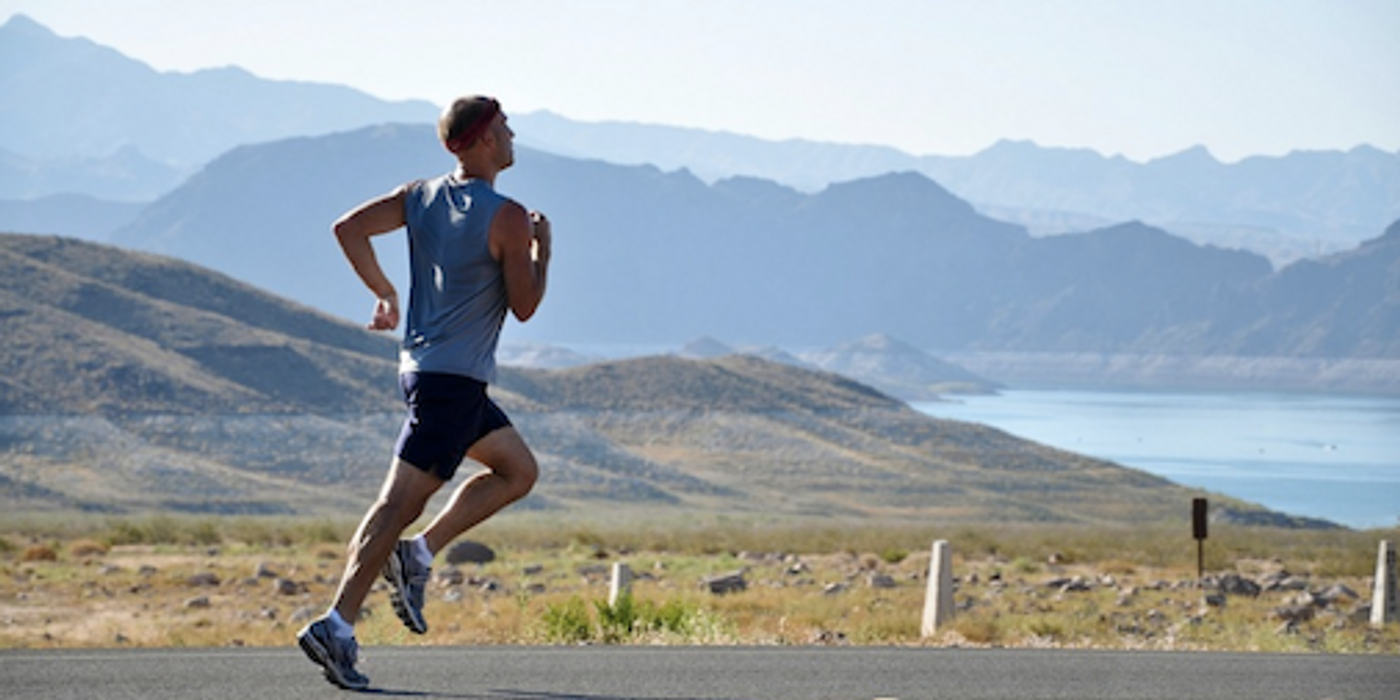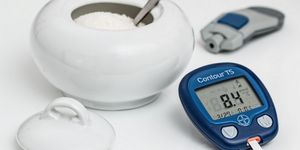Twin Study Highlights Importance of Exercise
Since scientists began delving into the field of genetics, there has been a debate about whether it’s our genes or our environment that has the more significant influence on the health, well-being, and characteristics of an organism. Twin studies, in which humans with practically identical genetic material can be compared, have enabled scientists to learn more about whether it’s nature or nurture that is the greater influence. A new twin study by scientists at San Francisco State University, CSU Fullerton, and Cal Poly, Pomona has looked at a pair of 52-year-old twins that made very different choices about exercise. The findings indicate that fitness habits have a dramatic impact on health over time.
For the past thirty years, one twin has led a relatively sedentary lifestyle. The other twin, however, became an Ironman triathlete as well as a track coach. “One of the twins became a truck driver, and one started running," said Assistant Professor of Kinesiology Jimmy Bagley. Their findings have been reported in the European Journal of Applied Physiology.
The genes of identical twins are 99 percent similar, Bagley noted. The researchers assessed the effects of their lifestyles and built a profile that accounted for strength and power, physique, muscle size, blood markers, cardiovascular and pulmonary health, and molecular markers indicating muscle health.
When Bagley and his team compared the twins, they were not surprised to find that regular, intense exercise had made one twin far healthier. Measurements of body fat, resting heart rate, blood pressure, cholesterol, triglycerides and blood sugar were all lower, and indicators of aerobic capacity and endurance were better in the active twin. One thing the scientists were not expecting to find, was that the truck driving twin had built stronger leg muscles.
"The untrained twin had been carrying around more weight his whole life, which can build bigger muscles," explained Bagley.
In the athlete, leaner muscles had formed that enabled him to move more freely. Resistance training would probably build those muscles, Bagley suggested. A critical measurement of human health, the maximum rate of consumption of oxygen during exercise, called VO2 max, was far better in the athletic twin, who had a level comparable to a 30-year-old. VO2 max was measured through bike riding in this experiment and can indicate muscle efficiency, cardiovascular, and pulmonary health.
"VO2 max starts to drop off at age 65 or 70, and when it hits a certain low you are probably going to become dependent on someone else," Bagley added. "As people get older, we try to keep them over that dependency limit."
There were more so-called slow-with muscle fibers in the running twin, enabling him to run for hours without getting tired. "He was like a machine," Bagley said.
This work will continue; in five years the researchers are going to check in again. They would like to know whether lifespan has been impacted and whether one twin stays healthier longer.
"It shows your genes aren't a cop-out," Bagley said. "If your parents are overweight, for example, it might be harder for you to get fit, but this study shows that it's not impossible."
The sedentary twin took note of the research and has since begun to walk more often.
For more information about twin studies check out the video.
Sources: AAAS/Eurekalert! Via San Francisco State University, European Journal of Applied Physiology









